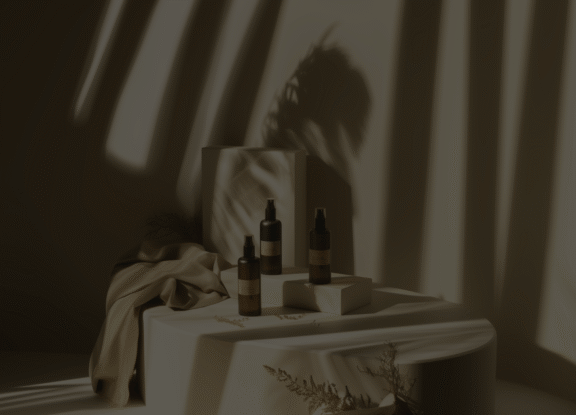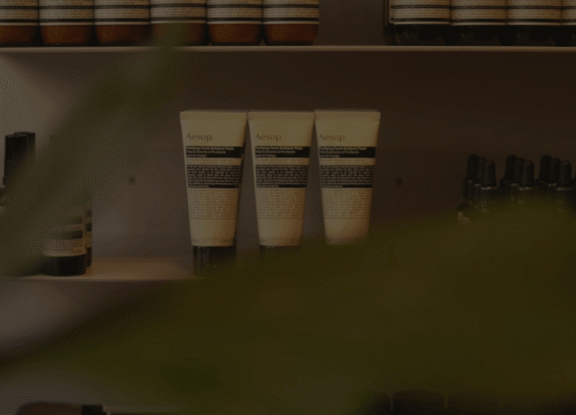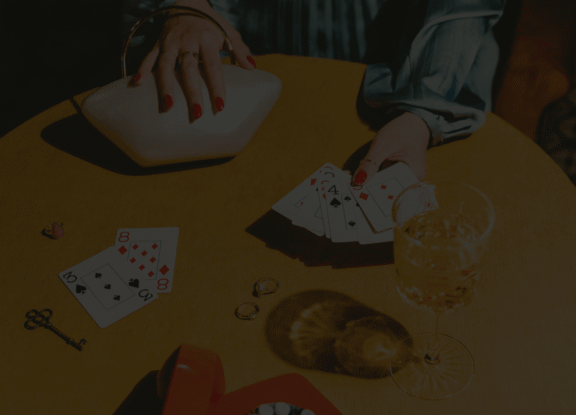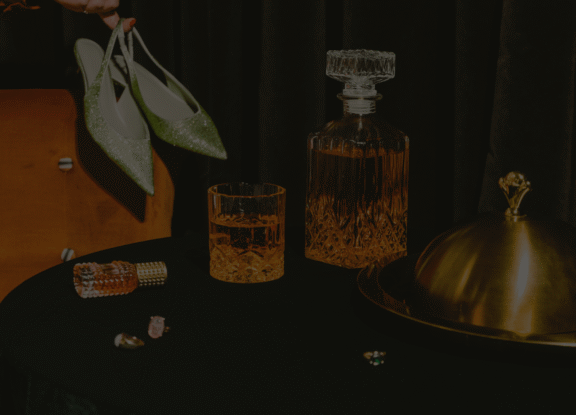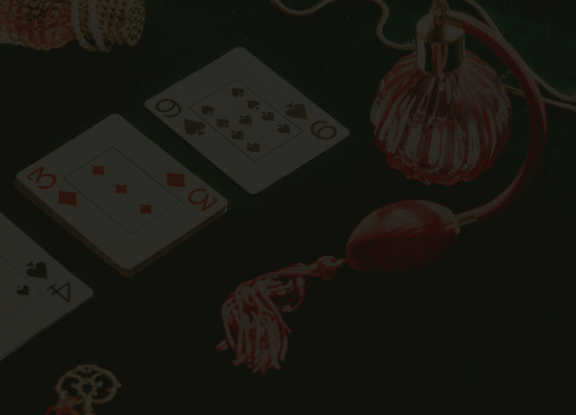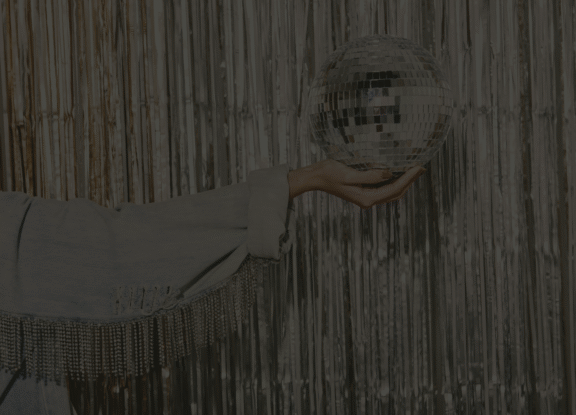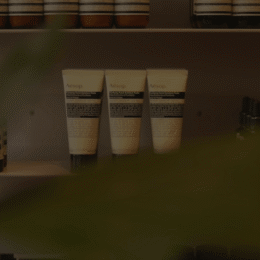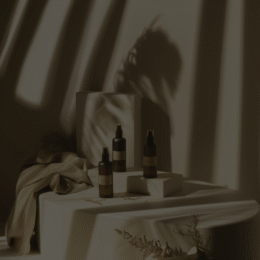Welcome to The Business of Luxury, where we reveal how the world’s most coveted brands play psychological chess while everyone else plays checkers.
Today we’re unpacking the delicious irony of how cult brands build obsession by doing the opposite of what every marketing guru preaches: they become harder to reach, NOT easier to find. Coach’s spectacular $4 billion face-plant demonstrates what happens when you mistake being everywhere for obsession.
And their comeback proves that limiting access multiplies demand.
Because here’s what most brands miss: scarcity isn’t some manipulative marketing trick you deploy on a Tuesday. It’s evolutionary psychology wearing expensive heels.
Let’s dive in…
The Business of Luxury delivers luxury brand psychology straight to your inbox weekly. Free insights to make you dangerous, paid secrets to make you Unignorable.

In 2014, Coach had achieved the modern marketer’s wet dream: they were eeeeeeverywhere.
Over 1,000 department stores. Constant 40% off sales. Outlets breeding like rabbits in every shopping centre. The iconic “Signature C” bags were so common, spotting one became less “status symbol” and more “Tuesday commute.”
Because here’s what the old guard MBAs missed while celebrating their fabulous distribution metrics: Coach wasn’t struggling from invisibility. They were suffocating from their own success.
Stock price flatlining. The waiting lists? Gone. Customers stopped buying at full price because they knew everything would be discounted eventually. Coach had committed the cardinal sin of luxury psychology… They’d made themselves too available.
Coach had committed luxury brand suicide by following every “growth hacking” playbook in existence.
Turns out there’s a difference between being seen and being sought after.

The psychology behind luxury’s death by a thousand discounts
Scarcity isn’t just a marketing thang. It’s hardwired into how humans measure value.
When Coach bags appeared in every department store window screaming “SALE,” they activated our brain’s abundance detector. And abundant things? We file them under “can probably live without right now.”
Our brains read “always available” as “less valuable.”
Coach accidentally taught their customers to play the waiting game. Why drop £300 today when you know it’ll be marked down to £150 next Tuesday? They turned their own customers into discount hunters instead of brand obsessives.
The status equation broke. A Coach bag used to say “I have impeccable taste and the bank account to prove it.” By 2014, it was practically shouting “I shop at outlet malls.”
Supply met demand in all the wrong places. Luxury Economics 101 says that flooding supply while conditioning demand to expect bargains creates what I like to call “the luxury death spiral.” Catchy, huh?
Coach had systematically demolished every psychological pillar that makes luxury brands work. They’d turned themselves into a commodity with prettier packaging.
Your personal brand is probably making the exact same mistake
You’re probably making the Coach circa-2010 mistake right now.
Not with handbags, but with your expertise.
Your version of department store oversaturation? You’re posting daily wisdom nuggets across seventeen platforms, accepting every podcast that’ll have you, saying yes to speaking gigs that pay in “exposure dollars.”
You think more visibility equals more credibility.
Your version of “constant 40% off sales”: Discovery calls, free strategy sessions, “let’s just hop on a quick call,” sliding into DMs with free advice. You’re training your market that your expertise comes free or cheap if they just wait long enough.
The status signal you’re actually sending? When you’re accessible to everyone, respond to every comment within minutes, and never met a networking event you didn’t like, you’re not positioning yourself as exclusive.
You’re positioning yourself as desperate. And we can feel it. Yeah, I said that.
Same psychology. Different handbag, babes.
Overexposure murders the very thing that makes luxury positioning possible: the delicious, “gimme more” sense that access to you is scarce, not unlimited.
Coach’s error wasn’t delivering subpar work. Their craftsmanship and quality remained flawless.
They forgot that luxury psychology operates on perception of scarcity, not product specifications.
How Coach systematically murdered their own mystique
Let me walk you through their strategic self-sabotage, decision by decision.
- The Signature C catastrophe: That iconic pattern became their bestseller and their brand killer. By 2010, these bags were everywhere: every mall, every outlet, every department store clearance rack. Instead of brand recognition, they served brand fatigue. The symbol designed to scream luxury started whispering “basic.”
- Department store promiscuity: Coach spread themselves across 1,000+ department stores like a rash. They confused distribution with dominance. When your bags sit between Kate Spade and Michael Kors during Black Friday madness, you’re not luxury—you’re just another option in the handbag hunger games. And buyers are searching for a deal. Yikes!
- The outlet store miscalculation: Coach opened 350+ factory outlets, believing they could capture price-sensitive customers without damaging full-price perception. Classic luxury psychology violation. Full-price customers started thinking, “Why would I pay £300 when I can get essentially the same thing for £150?” They’d accidentally cannibalised their own premium pricing power.

- Discount conditioning at scale: By 2014, less than 5% of Coach products sold at full price. They’d trained their entire customer base to expect markdowns. Coach became synonymous with “wait for the sale,” not “investment purchase.”
Result: stagnant stock price, eroded brand equity, customers actively delaying purchases because discounts were as predictable as a wet Bank Holiday.
Coach had transformed from exclusive to predictable. And predictable is luxury’s kryptonite.
The cult brand epiphany that saved a billion-dollar empire
Coach’s problem wasn’t that they needed better marketing. Their problem was that they had too much marketing.
They’d been so focused on being seen everywhere that they forgot luxury’s golden rule: desire increases as availability decreases.
Every free resource you create, every “quick question” you answer in DMs, every time you show up “just to be helpful,” you’re training your market that access to your expertise is abundant. Cheap. Always available if they just wait long enough or ask nicely enough.
The experts commanding £25K+ fees aren’t working harder than you. They’ve set firmer standards and stricter boundaries around access.
They don’t answer emails like customer service representatives with KPIs. They don’t accept calls with “anyone interested in chatting.” They don’t dispense premium insights for free on Substack like some kind of wisdom bomb vending machine. They go behind the paywall, baby!
Coach’s comeback wasn’t built on better bags… It was built on better boundaries.
They yanked themselves out of 250 department stores. Stopped the discounts. They played hard to get with their best pieces.
Results? Revenue surge. 77% gross margins. An entirely new generation willing to pay full freight. For Gen Z and younger Millennials, the memory of overexposure has been forgotten, and sales are recovering.
However, they do need to get on top of search cos discounts are still ranking on Google.
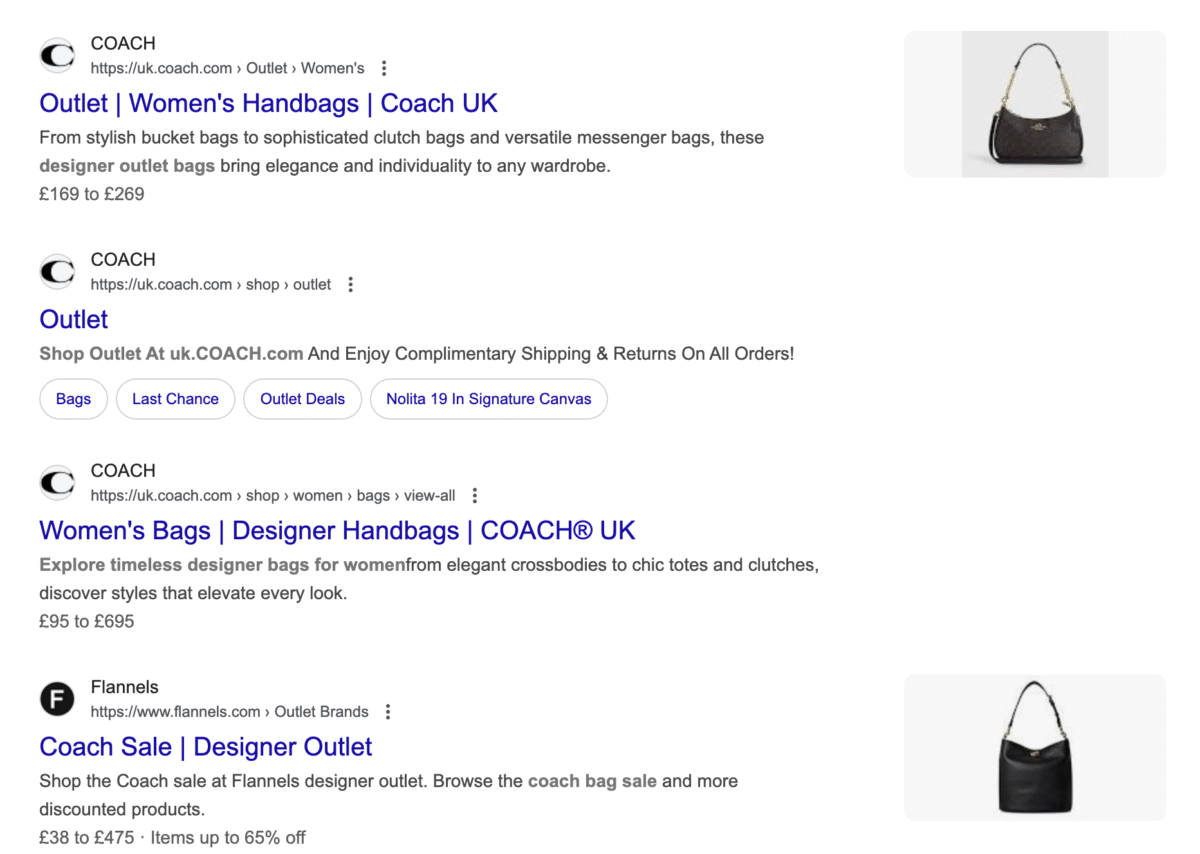
The psychology that resurrected Coach’s empire will elevate your personal brand from “service provider” to “industry authority.” But it requires the counterintuitive move: becoming less accessible, not more.
Most won’t do it. It feels too risky. Too different. Too… scarce. Which is precisely why it works.
FREE TRAINING
Build Your Brand and Become Impossible to Ignore
With the Secret Strategies of the World’s Most Desirable Brands
For experts and professionals, this NEW 2-week email series will take you inside the most powerful, desirable, and status-defining luxury brands—and how you can apply these strategies to build unshakable loyalty and demand in your own business.
💌 It’s 100% free—you’ll be commanding attention & attracting high-value clients in 2-mins a day.

The Coach Comeback Blueprint for your Personal Brand
Phase 1: The strategic vanishing act
- Coach didn’t gradually reduce their department store presence. They executed a clean break from 250 stores overnight.
Your move: Identify the platforms where you’re currently “always on” (but half-arsing your presence) and disappear from them completely. Stop the immediate DM responses. Stop accepting every coffee chat invitation. Stop saying yes to free speaking opportunities that pay in LinkedIn connections.
The psychology: Sudden unavailability gets noticed. Gradual withdrawal gets ignored.
FREE TRAINING
Marketing without Social Media
For Experts, Coaches & Burned Out Babes who want to step off the social media hamster wheel, this all-new 2-week training series helps you create a sustainable online business away from social media.
It’s 100% free — you’ll be building your sustainable online business in no time!
Access the Resources with a Premium Subscription of The Business of Luxury
Get premium access to The Business of Luxury’s most powerful resources—from positioning frameworks to brand psychology tools that actually move the needle.
Join today to get access to all resources.
Already subscribed? Log in

